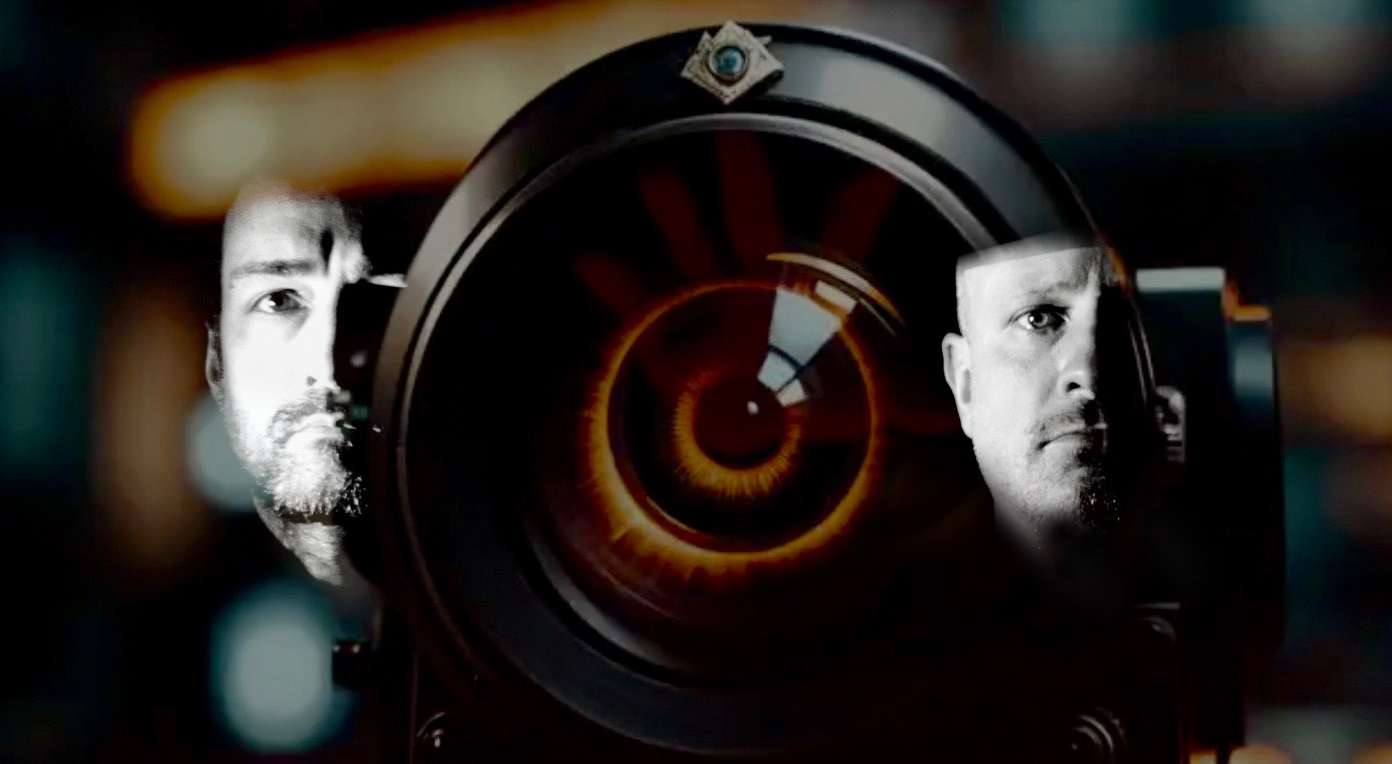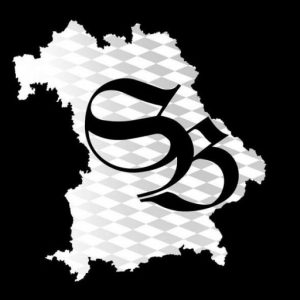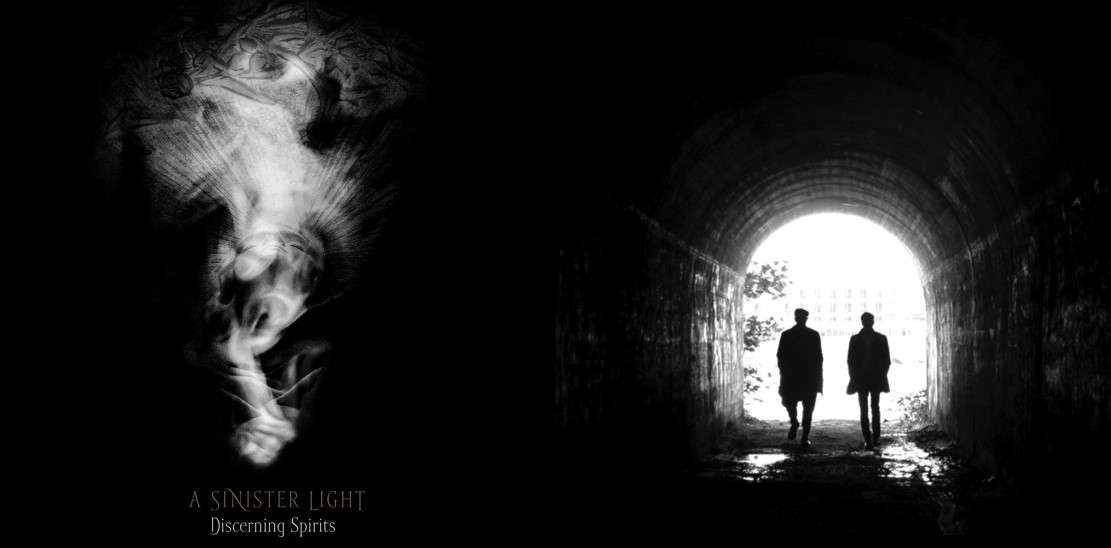A Sinister Light – das sind Fabrice Noir (Cabaret Bizarre; Link) und John Eastwood (DJ Blake). Mit ihrer Musik erforschen sie „die Grenzen zwischen Licht und Dunkelheit, Vernunft und Wahnsinn, Realität und Metaphysik.“ Kürzlich ist ihr großartiges Debütalbum Discerning spirits über Cold Transmission Music (Link) erscheinen. Ein guter Grund, mehr über das Duo aus der Schweiz zu erfahren, das Darkwave-, Industrial-, Post-Punk- und Techno-Einflüsse zu einem fesselnden Sound verwebt.

Who is behind A Sinister Light? What made you decide to start the project?
A Sinister Light is the brainchild of long-term collaborators Fabrice Noir and John Eastwood, also known as Blake. Fabrice Noir, the visionary behind Cabaret Bizarre, one of the first dark cabaret shows in Europe, and Blake, celebrated for his post-punk and new wave „Cloak and Dagger“ nights, joined forces in 2020. Our mutual passion for exploring the darker, more introspective sides of music and culture led us to create A Sinister Light. We wanted to merge our individual artistic visions and delve into dystopian and existential themes through a fusion of darkwave, industrial, post-punk, and techno influences.
Can you tell us a few things about the connection between you two and your journey into music?
Our journey began in the underground music scene, where we both shared a fascination with the darker and more avant-garde aspects of music and performance. Fabrice’s theatrical flair from Cabaret Bizarre and Blake’s deep roots in the post-punk and new wave scenes created a natural synergy. Our collaboration is built on a shared musical aesthetic and a desire to push boundaries, both musically and conceptually.
(1573)

